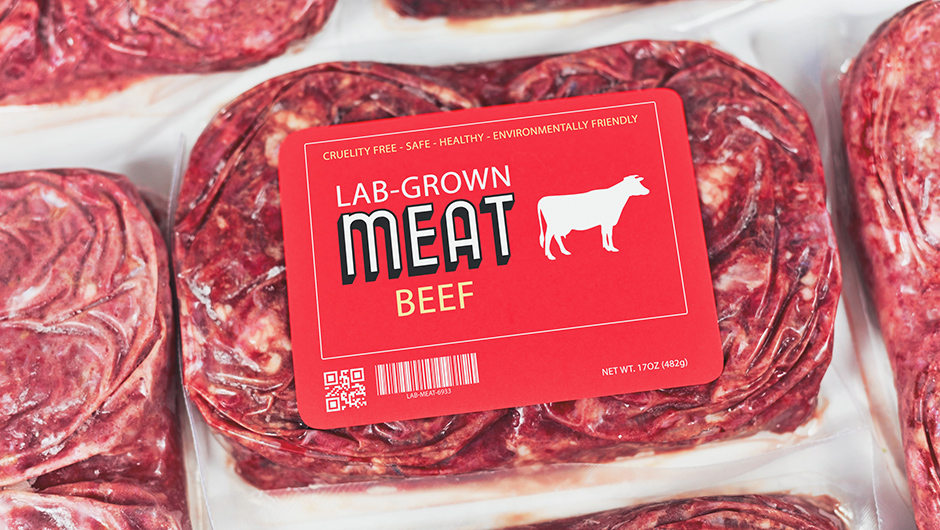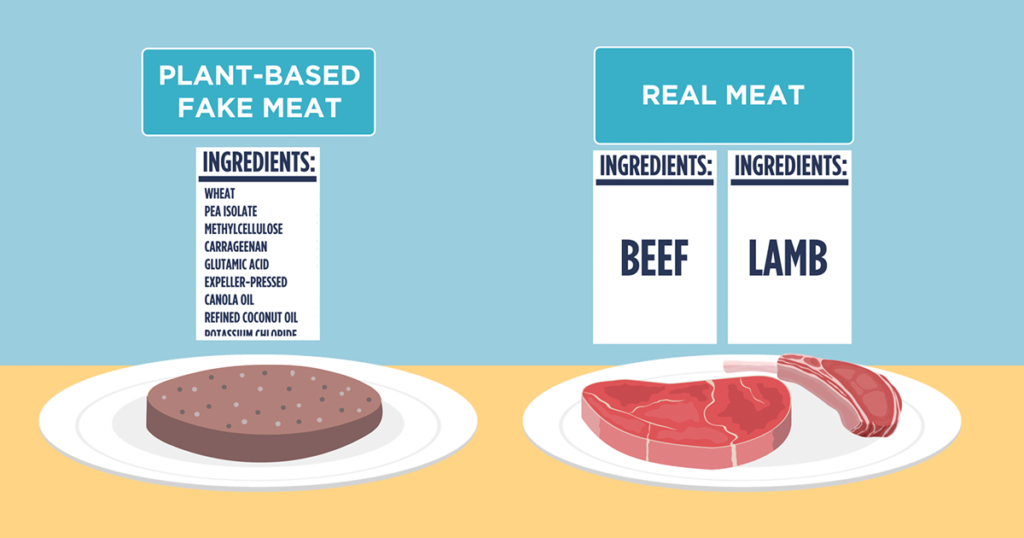Fake Meats and Sustainability: Separating Fact from Fiction
With the rise of plant-based diets and the increasing demand for environmentally friendly food options, fake meats have become an increasingly popular choice for many individuals. These meat substitutes are marketed as a sustainable alternative to traditional animal-based proteins. However, there is ongoing debate surrounding the true sustainability of fake meats. In this article, we will delve into the environmental impact of these products, examining the key factors that contribute to their overall sustainability.

The Environmental Footprint of Fake Meats
One of the main arguments in favor of fake meats. It is their potential to reduce greenhouse gas emissions and land use. Traditional livestock farming is known to be a significant contributor to climate change. With methane emissions from animals and deforestation for grazing land being major factors. Fake meats, on the other hand, typically have a much smaller carbon footprint.
Producing fake meats requires fewer resources, such as water and land, compared to traditional meat production. For example, it is estimated that producing a beef patty requires more than 20 times the amount of land and emits around 20 times the greenhouse gases compared to producing a plant-based burger patty. By replacing traditional meat with fake meats, consumers can potentially reduce their individual environmental impact.

The Sustainable Conundrum: Processing and Packaging
While the environmental benefits of fake meats are clear, there are also concerns regarding the overall sustainability of their production and packaging processes. Fake meats often undergo extensive processing and may contain additives to mimic the taste and texture of real meat. These processes can be resource-intensive and may involve the use of chemicals and additives that are not necessarily eco-friendly.
Another consideration is the packaging of these products. Many of these products are packaged in plastic, which raises concerns about waste and contributes to the global plastic pollution problem. Although some companies have started to explore more sustainable packaging options, such as biodegradable materials, there is still progress to be made in this area.
While this food may have a smaller carbon footprint compared to traditional meat, it is essential to consider the entire lifecycle of these products. This includes the environmental impact of production, processing, packaging, and transportation. In order to truly assess the sustainability of fake meats, a holistic approach is necessary.

The Role of Consumer Choices
Ultimately, the sustainability of this product also depends on consumers’ purchasing decisions. While these products may have a smaller environmental impact compared to traditional meats, they are not a universal solution. It is essential for consumers to be mindful of their overall diet and consumption habits.
Eating a diverse range of plant-based foods, including whole grains, legumes, fruits, and vegetables, is key to a sustainable diet. This food can be a part of this diet but should not replace other important food groups. Additionally, supporting local and organic farming practices can further reduce the environmental impact of our food choices.

Moreover, as consumers, we should continue to push for transparency and accountability from manufacturers. By demanding more sustainable production processes and packaging alternatives, we can encourage continuous improvement within the industry.
In conclusion, this product have the potential to be more sustainable than traditional meat products, primarily due to their smaller carbon footprint. However, concerns about processing, packaging, and overall environmental impact need to be carefully considered. Consumers play a crucial role in shaping the sustainability of fake meats through their purchasing choices and by advocating for better practices within the industry.



